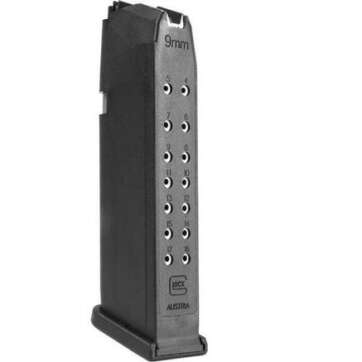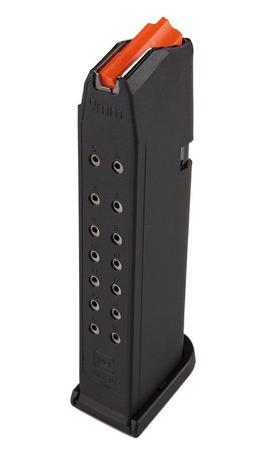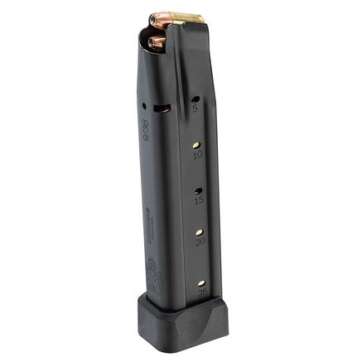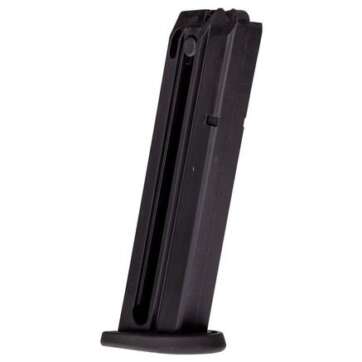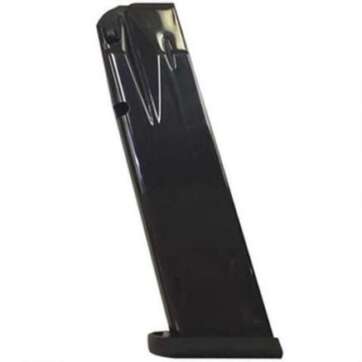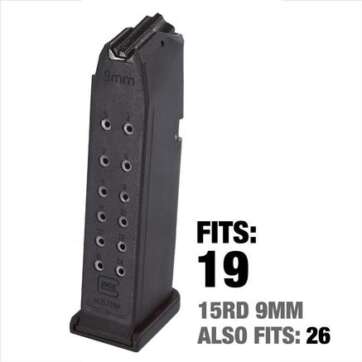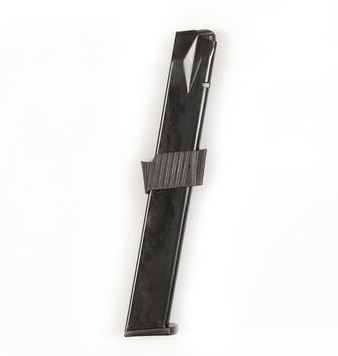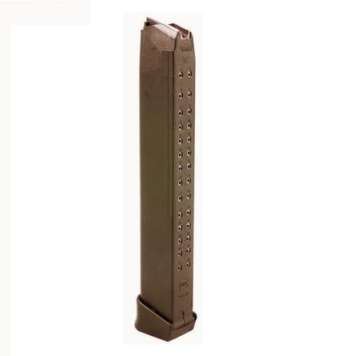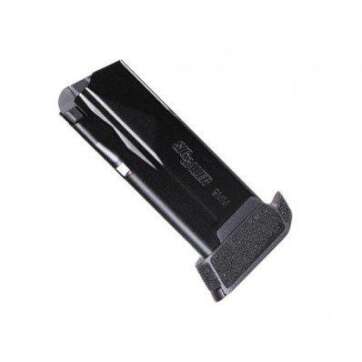Magazines
Showing 10–18 of 20 results
-
Magazines can be fixed or detachable.
With detachable magazines, you may take the magazine out of the gun to extract more ammo.
Fixed magazines demand that the ammo be physically removed from the firearm. These include rotating, tubular, and floor-hinge magazines.
Different Types of Magazines and their function
The Box-type Magazine
A box magazine, the most common form seen in contemporary rifles and pistols, holds cartridges in a column either above the other or staggered zigzag style. Since a single staggered column is two side-by-side vertical columns offset by half of a round’s diameter, this zigzag stack is sometimes referred to as a double-column or double-stack (The double-stack is far more popular because of its capacity to store more rounds). A follower powered by spring compression drives cartridges to the top of the magazine as the gun fires, where they are fed one at a time or two at once. Box magazines might be fixed to the weapon or detachable.
The Casket Type Magazine
A casket magazine or quad-column, another box magazine, can hold a lot of ammo. Although it is the same length as a regular box magazine, it is broader. The Suomi KP/-31, Hafdasa C-4, Spectre M4, QCW-05, and 5.4539mm AK rifle variants have casket magazines. Magpul has patented a STANAG-compatible casket magazine, and SureFire also introduced a similar magazine in December 2010. This magazine is now available as the MAG5-60 and MAG5-100 high capacity magazines (HCM) in 5.56mm for AR-15 compatible with M4/M16/AR-15 variants and other firearms that accept STANAG 4179 magazines, and it comes in 60 and 100 round capacities, respectively. For the AK-12, Izhmash has also created a coffin magazine.
The Drum Magazine
Light machine guns are often equipped with drum magazines. One variant stores lost rounds in an exit slot parallel to the axis of rotation, using a movable partition inside a cylindrical chamber. A wound spring or equivalent mechanism pushes the partition against the bullets once the magazine has been loaded. A follower pushes a single staggered column along a curving route in each model. The rounds then enter the vertical riser from a single or two drums. Rotary and drum magazines, which have cylindrical shapes, may hold more than box magazines without being too long. The additional weight of a drum magazine, when paired with the weight of the pistol, makes it challenging to handle and operate for extended periods. Comparatively speaking to more conventional, rectangular box magazines, drum magazines might be more challenging to fit into combat gear.
The Tubular Magazine
Many of the first repeating rifles, especially lever-action rifles, had magazines that held nose-to-end cartridges inside a spring-loaded tube that often ran parallel beneath the barrel or in the buttstock. Tubular magazines and centerfire cartridges with pointed (spitzer) bullets present a safety concern: a pointed bullet may (through the forces of recoil or rough handling) strike the next round’s primer and ignite that round or even cause a chain ignition of other rounds, within the magazine. Tubular magazines are also frequently used in pump-action shotguns and. 22-caliber bolt-action rimfire rifles like the Marlin Model XT. The same.44-40 Winchester cartridges were utilized in the Winchester ’73. To circumvent this issue and improve the aerodynamic properties of the bullet to match those offered in bolt-action designs, specific modern rifle cartridges featuring soft pointed plastic tips have been developed, expanding the effective range of lever actions.


